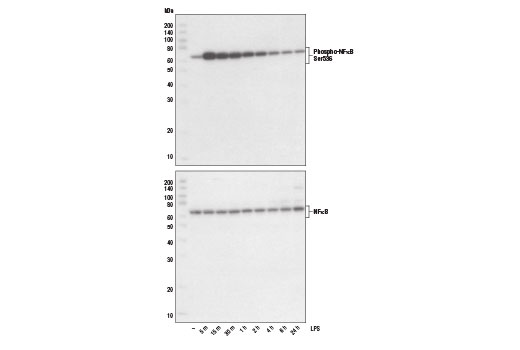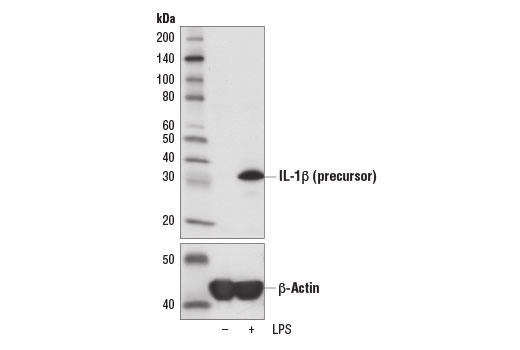| Description |
Lipopolysaccharide (LPS), also known as endotoxin, is a major glycolipid constituent of the outer cell wall of gram-negative bacteria. LPS molecules typically consist of a strain-specific distal polysaccharide side chain known as the O-antigen, a hydrophilic core oligosaccharide, and a hydrophobic domain referred to as lipid A. Lipid A is covalently bound to the outer bacterial membrane and is responsible for the toxicity of LPS (1-3). LPS is a potent activator of the proinflammatory response in many mammalian cell types, including macrophages, monocytes, and endothelial cells. Investigators have demonstrated that LPS binds to the CD14/TLR4/MD2 receptor complex, which in turn induces inflammatory cytokines including TNF-α, Interleukin-1, and IFN-α, as well as numerous inflammatory proteins such as iNOS, NF-κB, RIG-1, and IRF-3 (4-6).
|

